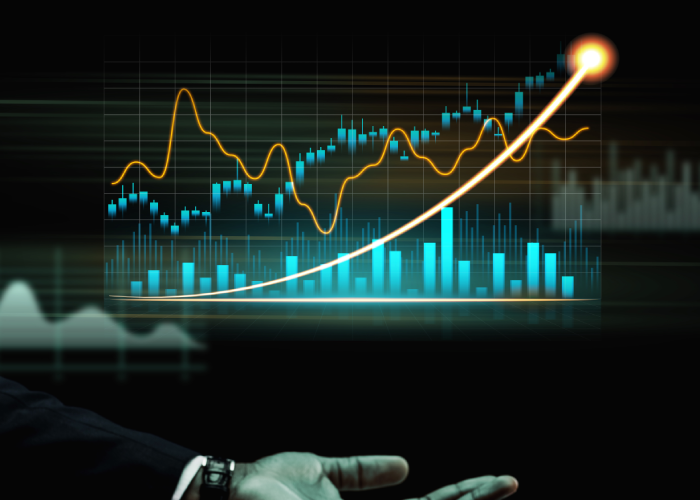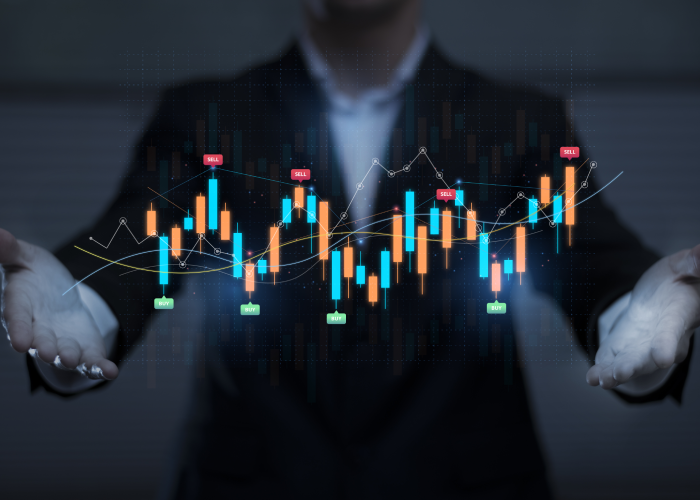1. Dow Jones Industrial Average
The Dow Jones or Dow 30 is an industry index of the 30 largest companies
American industrial stock on the New York Stock Exchange was established on May 26, 1896. It is the oldest index in the world and contained the 12 largest American companies, and its first company was General Electric. The number of listed companies began to increase until it reached 30 companies in 1928, and among the companies that were included in the index Chevron and Bank of America on February 19, 2008
The most important companies in the index: McDonald’s. Microsoft. coca cola . Intel . HP. American Express
2. NASDAQ
he NASDAQ Stock Exchange, or NASDAQ, whose name comes from the abbreviation (National Association of Securities Dealers Automated Quotations System) in Arabic (Automated Quotation System of the National Association of Securities Brokers) is an American financial market established in 1971. NASDAQ’s headquarters is located in New York City, which is The largest stock exchange operating on the basis of electronic screens in the United States of America, with about 3,200 companies listed on it, and the average
The number of shares sold daily is higher than any other US stock exchange. Most of the companies listed are technological and it is considered the main indicator of the US technology market.
3. 500 S&P
A stock index that includes the shares of the 500 largest American financial companies, including banks and financial institutions. It was launched in 1957 and reached its highest point at 1565 on October 9, 2007, which is considered the last day of recovery in global markets, as it was followed by the collapse of world markets and stock exchanges, and the index reached below 800 points in November 20088 after the collapse of global markets. The S&P index reached its second historic high on the twenty-fifth of August 2014, reaching 2,000 points.
4. DAX Index
30, which is an abbreviation for Deutscher Aktien indeX, is one of the leading indicators in the German stock market and is very similar to the Dow Jones Industrial Average followed in the United States of America. The index consists of the 30 largest German companies traded on the Frankfurt Stock Exchange. Given that Germany is the largest economic power in the Eurozone, the German DAX index is considered one of the most important indicators not only for European investors but also for global investors.
5. FTSE 100
(English: FTSE 100) is one of the largest British stock indices, as it includes the shares of the 100 largest British companies on the London Stock Exchange. The index was launched on January 3, 1984, and its points were 1,000 points. It reached its highest level on December 30, 1999, which was 6,950 points.
It is an index managed by the FTSE Group, the Financial Times Group, which is an independent private company. The FTSE index represents 80% of the size of the London Stock Exchange. Among the most important companies included in the index are Shell Oil Company, Vodafone Communications Company, BP Oil Company, HSBC Bank Company, and Glasgow Smith Company. Klein is the largest pharmaceutical company in the world.
6. CAC 40Index
It is one of the most important indices of the Paris Stock Exchange for the forty largest French companies. The index is managed by Euronext, and has a value of 1.023 trillion euros. The index was launched on December 31, 1987 at 1,000 points. The index achieved a high of 6922, but the index collapsed when the “dot-com bubble” occurred. It includes the most famous French companies, such as Total Oil Company, Carrefour, Credit Agricole, BNP Paribas, and Accor Hotels.
7. Nicky 225
Nikkei Heiken Kabuka, 経 225), more commonly called the Nikkei Index, the Nikkei Stock Index, or the Nikkei Stock Index, is the stock market index of the Tokyo Stock Exchange (Tokyo Stock Exchange). It has been calculated daily by the Nihon Keizai Shimbun (Nikkei) since 1950. It is a price-weighted index (unit of yen), and the components are revised once a year. Currently, the Nikkei is the most widely traded average of Japanese stocks, similar to the Dow Jones Industrial Average. In fact, it was known as the “Nikkei Dow Jones Stock Average.” From 1975 to 1985. [3]





